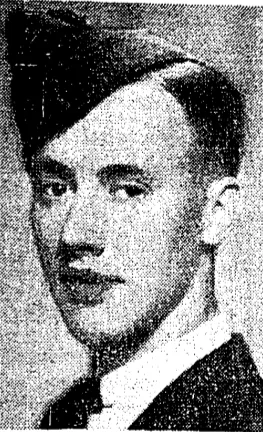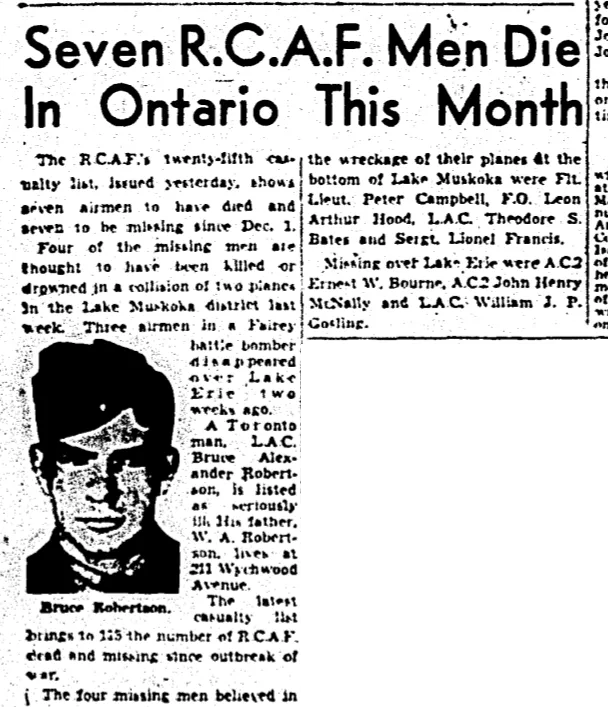McNally, John Henry (Aircraftman 2st Class)
Killed in Flying Accident 1940-December-08
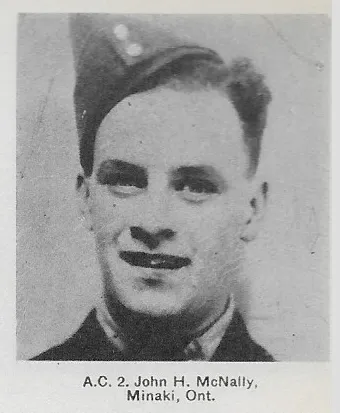

Birth Date: 1920-January-28
Born: Minaki, Ontario
Parents: Son of Ben and Wanda Christina (ne - Stenberg) McNally of Minaki, Ontario. Attended school at Minaki Public School. He was employed at the Ontario Forestry Branch before enlisting.
Spouse:
Home: Minaki, Ontario
Enlistment: Winnipeg, Manitoba
Enlistment Date: 1940-October-12
Service
RCAF
Unit
4 BGS- Bombing & Gunnery School
Base
Fingal, Ontario, Canada
Rank
Aircraftman 2st Class
Position
Service Numbers
R/71450
Home
Crew or Other Personnel
Battle 1650
Accident Card - Fairey Battle Mk. I serial:1650
This accident involved 1 aircraft on 1940-December-08. Fairey Battle s/n 1650.
This accident involved 3 people. Bourne EW, Hood LA, Mcnally JH
This accident had 3 fatalities. Aircraftman 2st Class John Henry McNally RCAF Killed in Flying Accident service no:R/71450 Battle 1650, Aircraftman 2nd Class Ernest William Bourne RCAF Killed in Flying Accident service no:R/780341 Battle 1650, Flying Officer Leon Arthur Hood RCAF Killed in Flying Accident service no:C/2789 Battle 1650
Battle serial: 1650
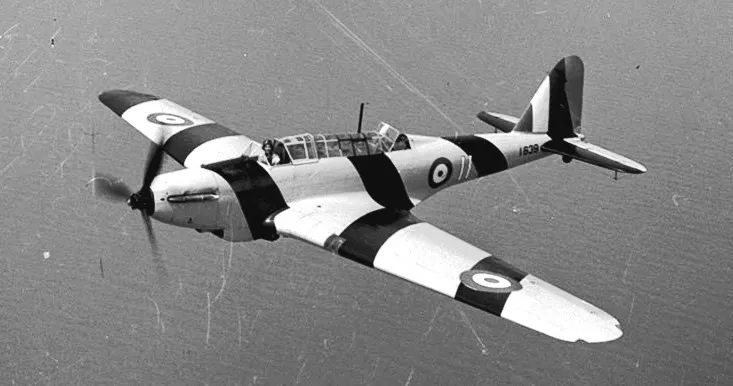
Fairey Battle, RCAF (Serial No. 1639), wearing target towing stripes, used in bombing and gunnery training, July 1941.
The Fairey Battle is a British designed single engine light bomber, used as a trainer in the RCAF. The Battle was powered by the same high-performance Rolls-Royce Merlin piston engine that powered various contemporary British fighters including the Spitfire. It was, however significantly heavier, with its three-man crew and bomb load. Although it was a great improvement over the aircraft that preceded it, the Battle was relatively slow and limited in range. It was only armed with two .303 in machine guns facing the rear, and was found to be highly vulnerable to enemy fighters and anti-aircraft fire.
The Fairey Battle participated in direct combat missions during early stages of the Second World War and earned the distinction of attaining the first aerial victory of an RAF aircraft in the war. In May 1940 the Battle suffered heavy losses, frequently in excess of 50 percent of aircraft sortied per mission. By the end of 1940 the type had been entirely withdrawn from active combat service, and was relegated to training units overseas, with many serving in Canada.
The RCAF received its first batch of eight Battles in August 1939, at RCAF Station Borden, Ontario. A total of 802 Battles were eventually delivered from England, serving in various roles and configurations, including dual-control trainers, target-tugs, and gunnery trainers for the Bombing and Gunnery schools of the Commonwealth Air Training Plan. Canadian use of the Battle declined as more advanced aircraft, such as the Bristol Bolingbroke and the North American Harvard were introduced. Battles remained in RCAF service until shortly after the end of the war hostilities in 1945. No. 111, 115 and No. 122 Squadrons of the RCAF flew Battles.
Fairey Battles were not manufactured in Canada, but they were assembled, serviced and modified here, including the installation of turrets at the Canadian Car and Foundry plant in Montreal. Harold Skaarup web page with revisions
Aircraft Images
Battle 1650
Battle Mk. I 1650
Ex RAF L5608. TOS 6 May 1940 at Trenton. Assigned to No. 1 Training Command 6 June 1940 for No. 4 Bombing & Gunnery School, Fingal Ont as target tug. Involved in fatal crash near No. 4 Bombing & Gunnery School at Fingal, Ontario, on 8 December 1940 (information from plaque on Cenotaph in Fingal). Battle aircraft 1650 crashed in Lake Erie near Port Burwell, Ontario. Found two days later on beach, Fort Bruce, Ont. US pilot, Flying Officer L.A. Hood, and crewmen AC2s Bourne and McNally had been killed in the crash. SOS 28 Feb 1941 [203 hrs]; Cat A write-off.1940-05-06 Taken on Strength 2019-08-20
1940-December-08 Accident: 4 Bomb & Gunnery School Loc: Names: Bourne | Hood | Mcnally
1941-02-28 Struck off Strength 2019-08-20
Unit Desciption
4 BGS (4 Bomb and Gunnery School)
The Bombing and Gunnery School (B&GS) offered instruction in the techniques of bomb aiming and aerial machine gunnery to Air Observers, Bomb Aimers, and Wireless Air Gunners. These schools required large areas to accommodate their bombing and gunnery ranges, and were often located near water. The Avro Anson, Fairey Battle, Bristol Bolingbroke, and Westland Lysander were the standard aircraft used at B&GS schools.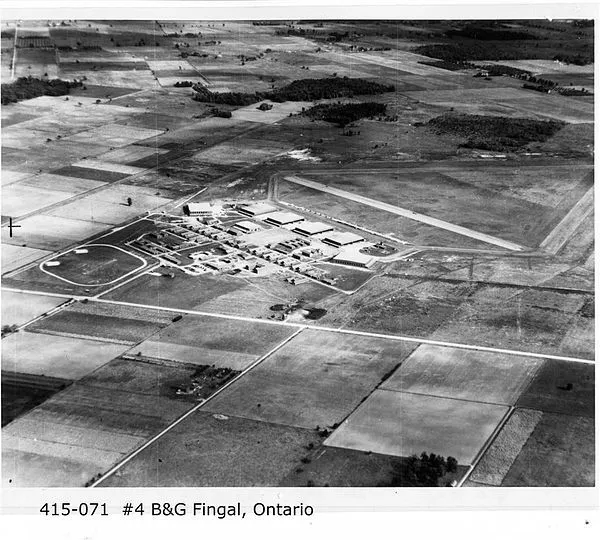
RCAF.info - RCAF Station Fingal Ontario
